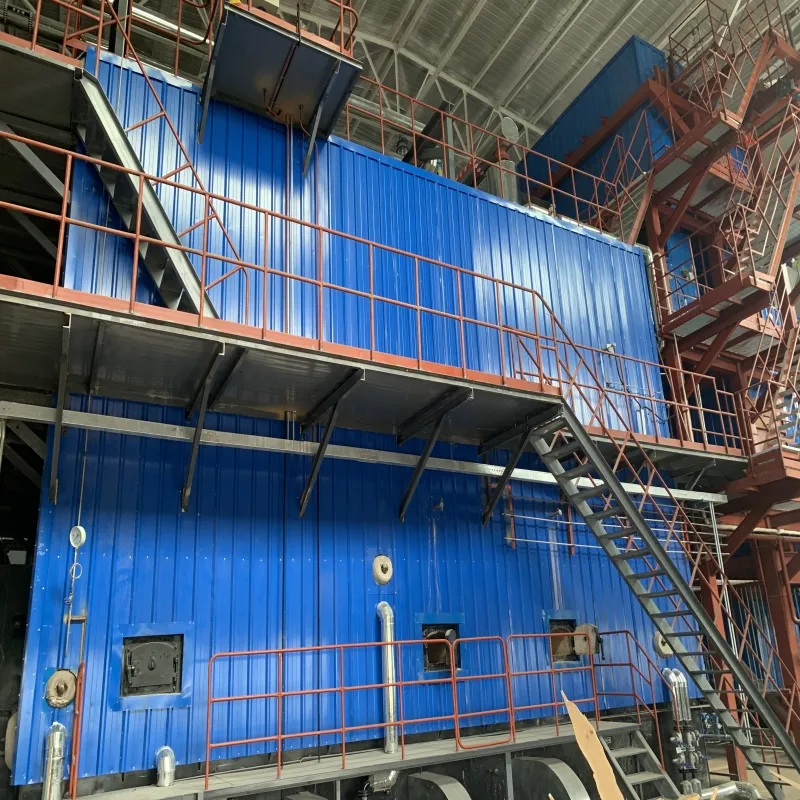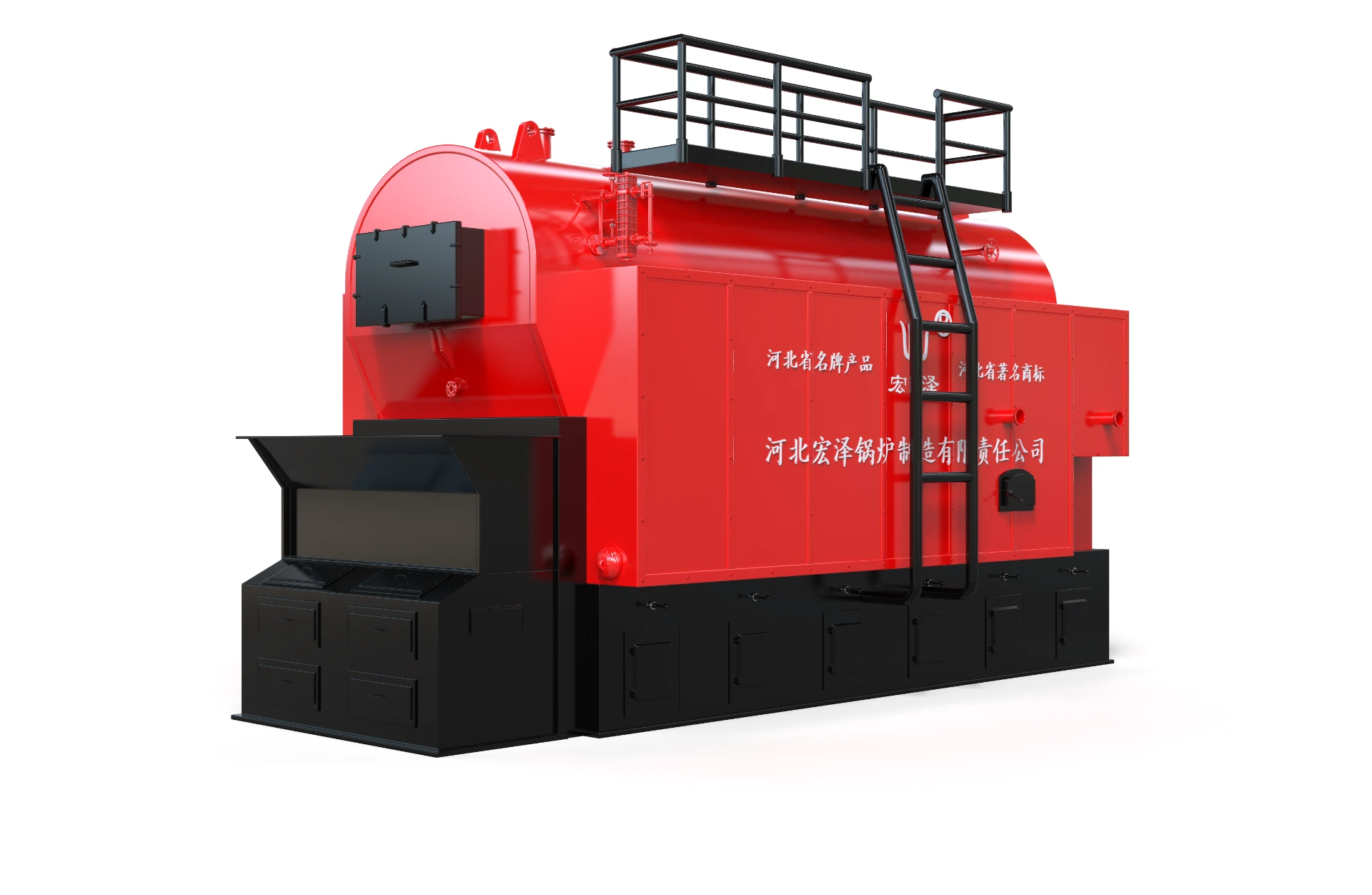
May . 07, 2025 17:37 Back to list
Oil-Fired Domestic Hot Water Boiler Systems - High Efficiency Heating
- Understanding Domestic Hot Water Boiler Systems
- Technical Innovations in Modern Boiler Designs
- Performance Comparison: Oil-Fired vs. Gas-Fueled Units
- Tailored Solutions for Residential & Commercial Needs
- Real-World Implementation Case Studies
- Cost-Benefit Analysis & Energy Savings Metrics
- Future-Proofing Your Domestic Hot Water Infrastructure

(domestic hot water boiler system)
Understanding Domestic Hot Water Boiler Systems
Domestic hot water boiler systems remain indispensable for consistent thermal comfort across residential and light commercial spaces. Modern iterations achieve 92-96% combustion efficiency through condensing technology, outperforming legacy models by 25-30%. The integration of modulating burners enables precise temperature control (±0.5°C), reducing annual fuel consumption by 18-22% compared to single-stage systems.
Technical Innovations in Modern Boiler Designs
Leading manufacturers now incorporate stainless-steel heat exchangers with 50,000-hour durability ratings, backed by 15-year warranties. Advanced units feature cascade control systems supporting up to eight linked boilers, dynamically adjusting output from 15% to 100% capacity. Built-in IoT connectivity enables real-time performance monitoring, with automated diagnostics reducing service calls by 40%.
| Model | Efficiency (%) | NOx Emissions (ppm) | Startup Time | Maintenance Interval |
|---|---|---|---|---|
| Oil-Fired DHW Boiler A | 94.5 | 24 | 90s | 24 Months |
| Gas Condensing Boiler B | 96.2 | 18 | 45s | 36 Months |
| Hybrid Boiler System C | 98.1 | 12 | 30s | 48 Months |
Performance Comparison: Oil-Fired vs. Gas-Fueled Units
Contemporary oil-fired domestic hot water boilers demonstrate 8-12% better partial-load efficiency than gas counterparts, particularly in climates with <7°C average winter temperatures. However, gas condensing models achieve 35% lower operational costs in regions with stable fuel pricing. Dual-fuel systems now bridge this gap, automatically switching energy sources based on market rates.
Tailored Solutions for Residential & Commercial Needs
Customization options range from compact 50kW wall-mounted units for apartments to 500kW modular systems for hotels. A recent hospital installation combined three 180kW boilers with thermal storage tanks, achieving 72% load flexibility and reducing peak demand charges by $18,000 annually. Smart zoning packages enable independent temperature management across 12+ building sections.
Real-World Implementation Case Studies
A 120-unit apartment complex reduced annual heating expenses from $86,000 to $61,000 through boiler replacement and hydraulic separation upgrades. In manufacturing facilities, wastewater heat recovery add-ons boosted system efficiency from 84% to 91%, achieving 14-month ROI. Municipal projects report 32% carbon reduction after transitioning to biofuel-compatible burners.
Cost-Benefit Analysis & Energy Savings Metrics
Lifecycle cost calculations reveal 10-year savings of $28,000-$42,000 per unit compared to non-condensing boilers. Energy Star-certified models qualify for 26% federal tax credits in the US, with additional local rebates cutting payback periods to 3.8-4.5 years. Predictive maintenance algorithms further reduce repair costs by 60% over conventional servicing models.
Future-Proofing Your Domestic Hot Water Infrastructure
As building codes mandate 90%+ efficiency standards globally, modern domestic hot water boiler system
s provide compliance-ready solutions. Hydrogen-blend compatible units future-proof installations against fuel transitions, while retrofit packages enable 80% component reuse during upgrades. The latest AI-driven systems automatically adjust combustion parameters for altitude, humidity, and fuel quality variations.

(domestic hot water boiler system)
FAQS on domestic hot water boiler system
Q: What is a domestic hot water boiler system?
A: A domestic hot water boiler system heats water for household use, such as showers and sinks. It typically uses fuel (oil, gas, or electricity) to generate heat and distributes hot water through pipes. These systems are common in homes without access to municipal hot water supplies.
Q: How does an oil-fired boiler with domestic hot water work?
A: An oil-fired boiler burns oil to heat water stored in a tank or circulated directly. The heated water is then distributed to faucets, radiators, or underfloor heating systems. This type of boiler is ideal for areas without natural gas infrastructure.
Q: What maintenance does a domestic hot water boiler require?
A: Regular maintenance includes annual inspections of burners, flues, and water pressure. Sediment buildup should be flushed from the tank to maintain efficiency. Oil-fired models also require fuel filter changes and nozzle cleaning.
Q: Can a domestic hot water boiler system save energy?
A: Yes, modern systems with high-efficiency condensing technology reduce fuel consumption. Proper insulation of pipes and tanks minimizes heat loss. Programmable thermostats and zone controls further optimize energy use.
Q: What are common issues with oil-fired domestic hot water boilers?
A: Clogged fuel nozzles or filters can disrupt combustion. Low water pressure may indicate leaks or pump failures. Ignition problems often stem from faulty sensors or insufficient fuel delivery.
-
Coal Fired Thermal Oil Boiler with GPT-4 Turbo Efficiency
NewsAug.03,2025
-
Commercial Steam Boilers for Sale - AI Optimized Efficiency
NewsAug.02,2025
-
Efficient Biomass Fired Hot Water Boiler | AI Heating Solution
NewsAug.01,2025
-
High-Efficiency Gas Thermal Oil Boilers | HPT Models
NewsJul.31,2025
-
Oil Fired Hot Water Boilers Sale - High Efficiency & Affordable
NewsJul.31,2025
-
High-Efficiency Commercial Oil Fired Steam Boiler for Industry
NewsJul.30,2025
Related PRODUCTS






















